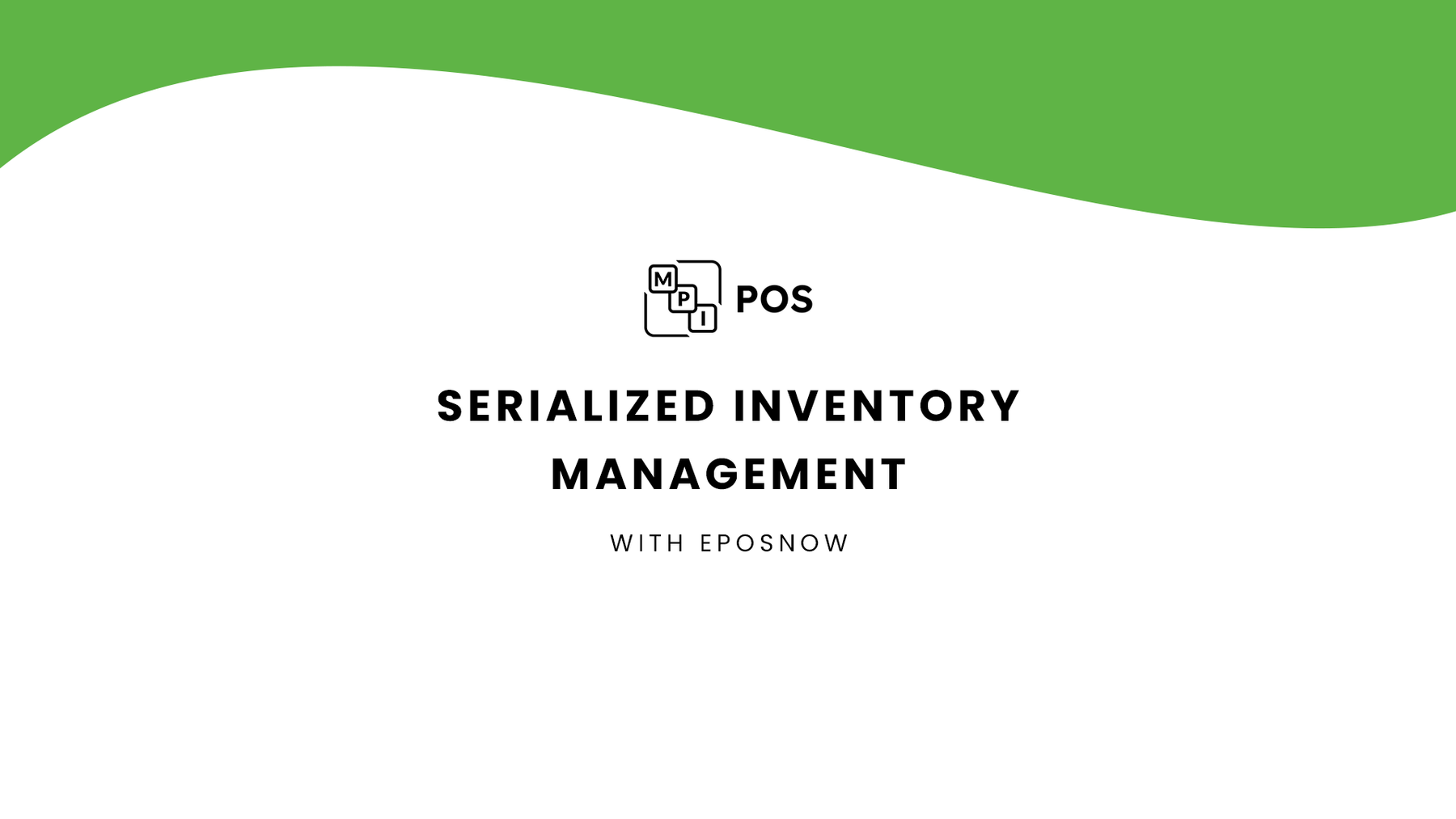
Serialized Inventory Management with ePOSNow

Meet the newest member of our mug club High Point TV and Appliance, a leading retailer in Salisbury PA known for its extensive inventory and unwavering commitment to customer service, faced an operational hurdle.
Managing their stock, handling complex warranties, and ensuring brand consistency relied heavily on an Excel spreadsheet. This time-consuming process hindered efficiency and ultimately impacted their bottom line.
We partnered with High Point TV and Appliance to implement a customized Serialized Inventory Management workflow. This solution, powered by the MPI POS Platinum Bundle and ePOSNow, assigns unique identifiers to each item, enabling real-time tracking and comprehensive historical data associated with each customer that shops with them.
High Point TV and Appliance is now equipped with a robust and efficient system that empowers them to focus on what matters most – exceptional customer service and continued business growth.
You might be in a similar position so let's take a dive in and look at Serialized Inventory Management with ePOSNow.
Serialized Inventory Management with ePOSNow
Inventory management is crucial for businesses of all sizes. Those dealing with high-value items, perishable goods, or products under strict regulations need a specialized management system and this blog post explores using ePOSNow for that Serialized Inventory Management.
What is Serialized Inventory Management?
Traditional inventory management often relies on Stock Keeping Units (SKUs) to track inventory levels. SKUs categorize similar items but don't track individual units.
Serialized inventory Management, on the other hand, assigns a unique serial number to each item, allowing for highly granular control and traceability of every product in your stock.
Benefits of Serialized Inventory Management with ePOSNow
- Enhanced Traceability: Track individual items from receiving to sale, facilitating product recalls, warranty claims, and identifying counterfeit goods.
- Improved Quality Control: Quickly isolate defective products based on serial numbers, minimizing risks and costs associated with recalls.
- Streamlined Customer Service: Access detailed customer purchase history based on serial numbers, allowing for efficient service and support.
- Accurate Reporting: Gain insights into sales performance by tracking individual items sold within specific categories.
ePOSNow in Action: A Walkthrough
Check out the video below of a recorded webinar by MPIPOS that provides a step-by-step demonstration of managing serialized inventory within ePOSNow.
Here are the key points covered:
Product Setup
- Categorize Your Inventory: Start by setting up categories for your inventory. For example, major appliances can be broken down into subcategories like refrigerators, with further divisions into brands and models.
- Adding New Products: When adding a new product, such as an LG French Door refrigerator, enter the serial number associated with that product. This ensures that each item is uniquely identifiable.
- Labeling and Barcoding: Generate a barcode for each serialized item using the serial number, which simplifies scanning and inventory management. Attach the barcode label to the product for easy scanning during sales.
Selling Serialized Inventory
- Customer Selection: Add new customers into the system, capturing essential details such as name, contact information, and preferences. This information is valuable for marketing and customer service purposes.
- Adding the Item to the Order: Scan the barcode or manually select the item with its serial number.
- Processing the Payment: Complete the transaction by processing the payment through the preferred method, such as a credit card.
- Marking the Item as Unavailable: Once the item is sold, mark it as unavailable in the system to prevent it from being sold again. This step is crucial for maintaining accurate inventory records.
Post-Sale Management
- Service and Warranty: When a customer returns for service, access their purchase history by searching their details and the specific serial number. This helps verify purchase dates and warranty information.
- Inventory Updates: Regularly update your inventory by archiving sold items. This keeps your inventory list current while retaining historical data for reporting and analysis.
- Reporting: ePOSNow offers robust reporting features, allowing you to track sales by category or specific items. Generate reports to analyze sales trends and inventory turnover, helping you make informed business decisions.
Serialized inventory management in ePOSNow provides a structured and efficient way to handle individual items in your inventory. By utilizing features like unique serial numbers, detailed customer records, and comprehensive reporting, you can enhance your inventory control and customer service.
For further assistance or inquiries about ePOSNow, feel free to reach out to our MPIPOS at sales@mpipos.com or call 877-508-2831. We are dedicated to helping you optimize your inventory management and overall business operations.
